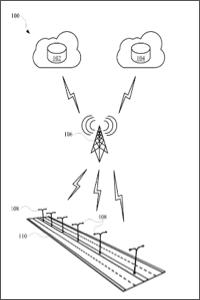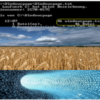Philips and Signify develop, protect and license out new business models in the lighting industry
The classical business model in the lighting industry was for a long time to sell LED lights and other luminants at a retailer. This has changed with the development of new business models, where products are leased but bought. The new type of business models has already transformed industries like music and video, which most of us experienced firsthand, but also more traditional industries and BtoB companies are adapting. One example in the lighting business is Signify, the former lighting branch of Philips. Signify drives this idea to the extremes by not only developing new business models and patenting them for themselves but setting up a specific licensing program to license out their developments.
An issue hitting many technology producing companies is that they cannot simply sell their products as they are anymore. For example, the producers of LED lamps cannot just sell the lamp, they must embed it in a concrete use case to proof a unique customer benefit. This can be seen in the case of LED streetlights in our more and more smart cities. Here the streetlights are all connected with special sensors measuring the status of the light and environmental parameters, which helps to plan maintenance jobs, makes the street lighting cheaper and makes the city more save by better public lighting.
This new development of turning cities into smart cities with the help of smart lighting technology can be seen in the video for the example of Paços de Ferreira in Portugal and the signify brand interact:
 This use case of lighting technology is also patent protected. For example, the patent US2020051038 describes how the lifetime of a street light can be determined, even when the sensor is malfunctioning. So, the lifetime can be calculated from the environmental data, which is more precise in predicting the lifetime than using no sensor data at all.
This use case of lighting technology is also patent protected. For example, the patent US2020051038 describes how the lifetime of a street light can be determined, even when the sensor is malfunctioning. So, the lifetime can be calculated from the environmental data, which is more precise in predicting the lifetime than using no sensor data at all.
Another use case arises in the area of fire protection and prevention, especially in large residential buildings and office spaces. The fire evacuation plans today are usually static and are presented at metal boards in hallways showing the best way out of a building to the next safe spot in a case of emergency. These emergency plans have to be regularly tested with mock alarms to show their efficiency and to train the inhabitants of the building. Nevertheless, large buildings are not occupied the same way through the whole day. For example, in the morning employees gather in a large meeting room, at noon most employees are in the canteen and in the afternoon they are in small office spaces. All these different situations require different evacuation scenarios. Here emergency lighting can offer solutions, which are shown for example by the signify brand bodine.
 One solution is the use of sensors attached to the lighting system to monitor the occupancy of the rooms of a building and to plan evacuations. This is shown in the patent WO2018141664. Here the occupants are shown the optimal escape route, which is determined based on the monitored occupancy conditions, with the help of the lighting system making fire drills less relevant.
One solution is the use of sensors attached to the lighting system to monitor the occupancy of the rooms of a building and to plan evacuations. This is shown in the patent WO2018141664. Here the occupants are shown the optimal escape route, which is determined based on the monitored occupancy conditions, with the help of the lighting system making fire drills less relevant.



